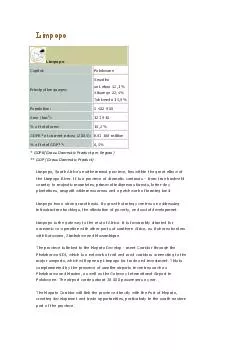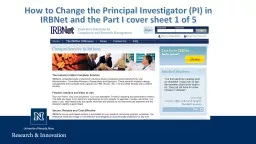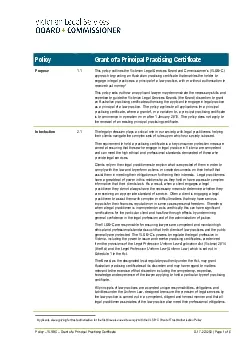PDF-Principal languages:
Author : ellena-manuel | Published Date : 2015-08-26
Limpopo Limpopo Capital Polokwane Sesotho sa Leboa 521 Xitsonga 224 Tshivenda 159 Population 5 402 900 Area km 2 123 910 of total area 102 GDPR at current prices
Presentation Embed Code
Download Presentation
Download Presentation The PPT/PDF document "Principal languages:" is the property of its rightful owner. Permission is granted to download and print the materials on this website for personal, non-commercial use only, and to display it on your personal computer provided you do not modify the materials and that you retain all copyright notices contained in the materials. By downloading content from our website, you accept the terms of this agreement.
Principal languages:: Transcript
Download Rules Of Document
"Principal languages:"The content belongs to its owner. You may download and print it for personal use, without modification, and keep all copyright notices. By downloading, you agree to these terms.
Related Documents














